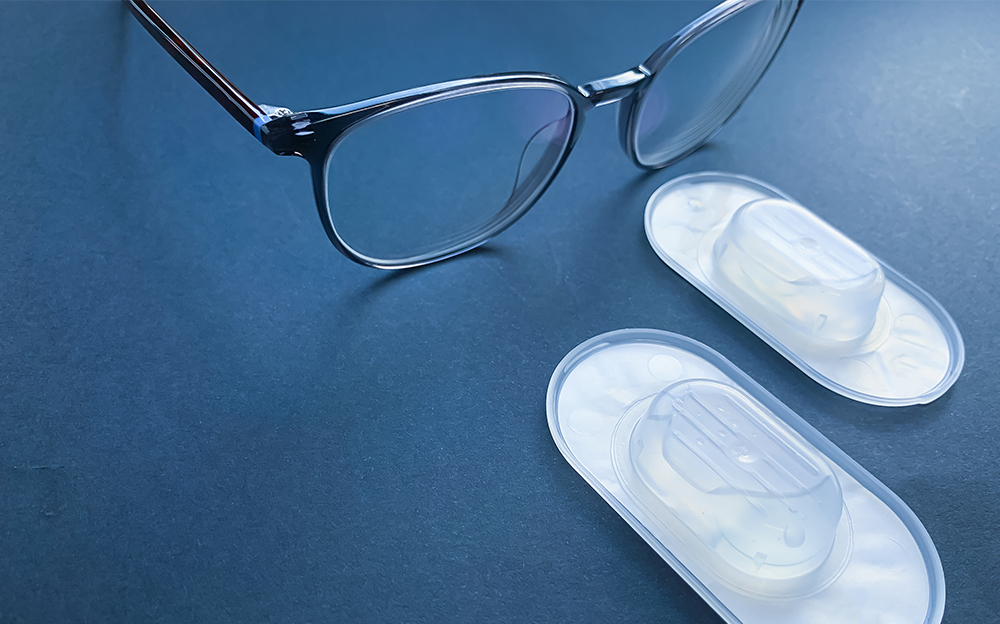Contact lens fittings at 6 Chicago-area locations
A contact lens exam is different from a regular eye exam. Your doctor conducts additional tests to evaluate and measure your eyes for contact lens wear. Even patients who’ve been wearing contacts for years without problems need periodic fit evaluations from an eye doctor.
 Find a store
Book eye exam
Find a store
Book eye exam
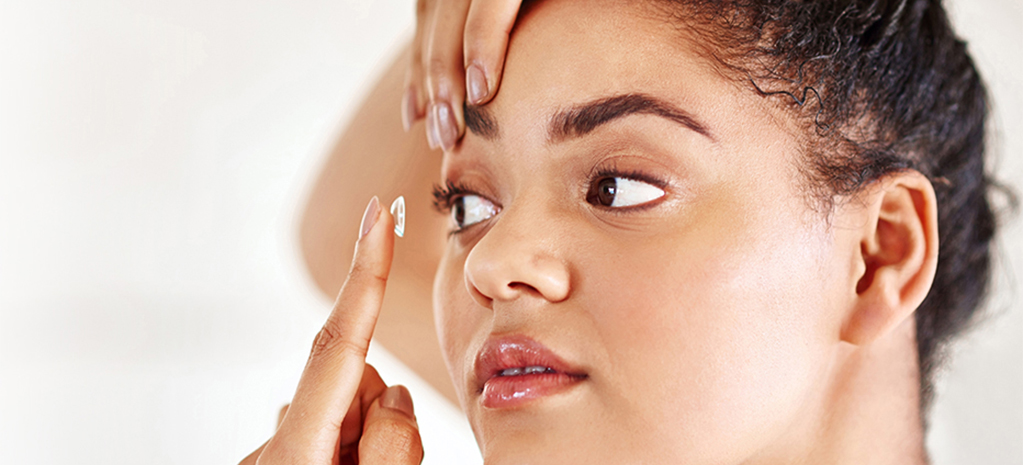
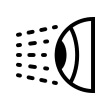 Corneal topography
Corneal topography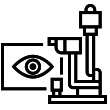 Biomicroscopy
Biomicroscopy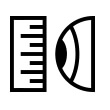 Pupil & iris measurement
Pupil & iris measurement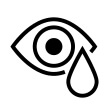 Tear film evaluation
Tear film evaluation